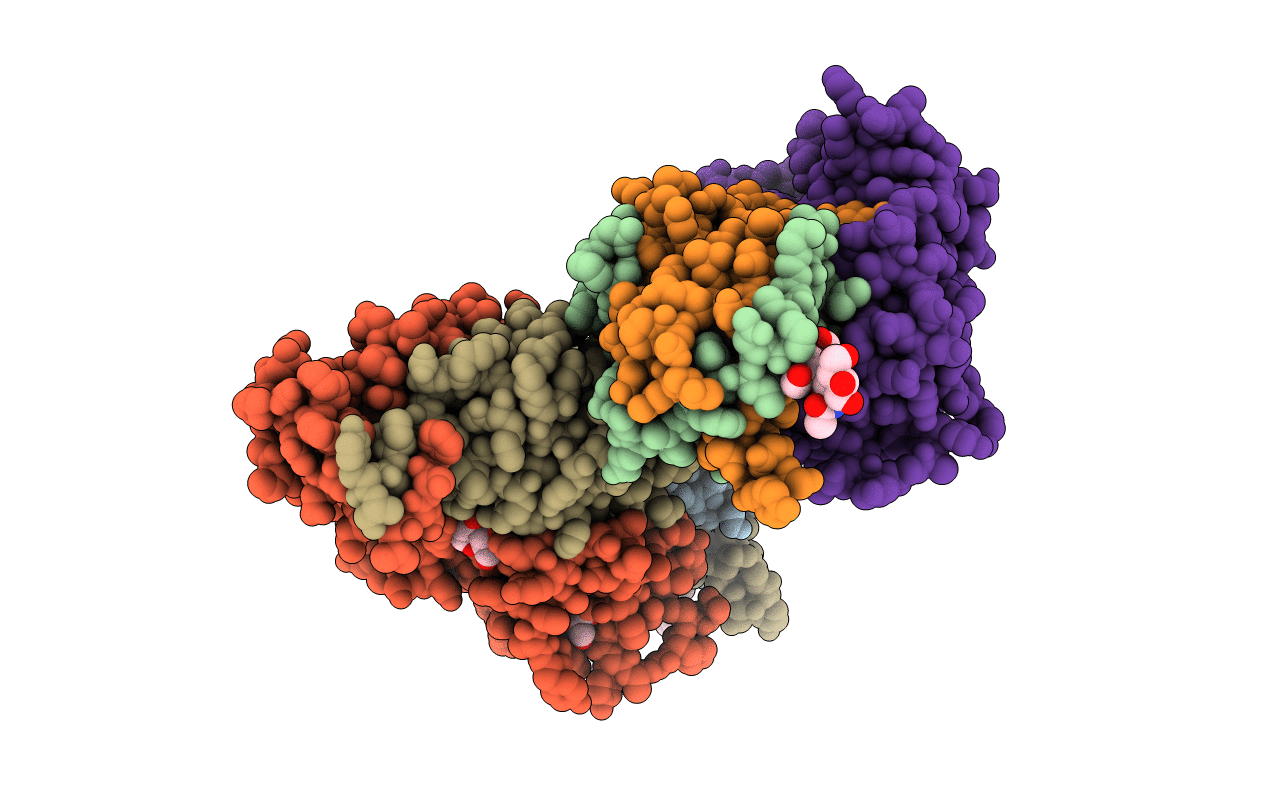
Deposition Date
2003-01-16
Release Date
2003-04-29
Last Version Date
2024-11-20
Entry Detail
PDB ID:
1NP0
Keywords:
Title:
Human lysosomal beta-hexosaminidase isoform B in complex with intermediate analogue NAG-thiazoline
Biological Source:
Source Organism:
Homo sapiens (Taxon ID: 9606)
Method Details:
Experimental Method:
Resolution:
2.50 Å
R-Value Free:
0.22
R-Value Work:
0.19
R-Value Observed:
0.19
Space Group:
P 61 2 2


